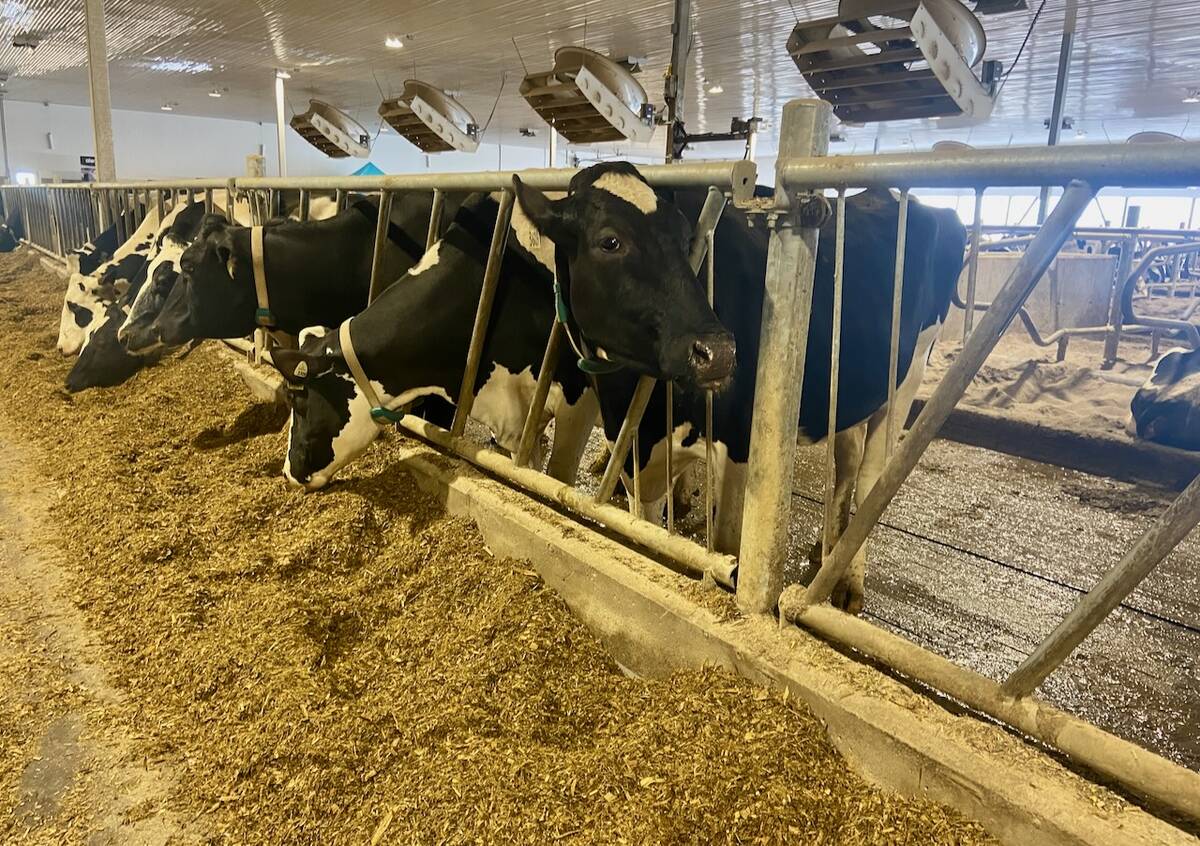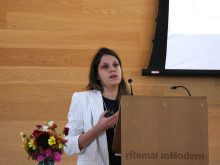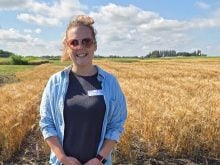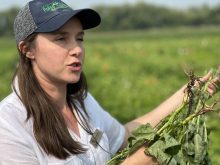The gap between rural and urban Canada is well recognized, whether it is health services, infrastructure spending, access to the internet, political preferences or values. But there also are proposals and initiatives aimed at closing that gap. In the second of two special reports on the rural-urban divide in Canada, Ottawa-based reporter Barry Wilson explores proposals and initiatives to build bridges.
As a federal political leader and son of an Alberta premier who also owned a dairy farm, Preston Manning has seen first-hand the rural-urban divide play out in politics.
Read Also

U.S. farm group supports supply management
U.S. grassroots farm advocacy group pushing new agriculture legislation that would move towards supply management like Canada has for dairy industry
“In Alberta as we become more urbanized, what I see most are the public manifestations of hostility between urban and rural and there are always people willing to exploit that,” he said.
“I see it as only getting worse unless people work to find ways to break down the walls.”
The former Reform party leader thinks he knows how this might be accomplished.
“One area that I think is a potential bridge is the environmental file,” he said.
“It is an increasingly high-profile issue and I think farmers can position themselves as stewards of the environment. It could be a way to reconnect the city with farmers.”
He sees a natural connection.
“They may disagree on a lot of things and have different values, but rock-ribbed conservative ranchers and left-wing urban activists can both be extremely dedicated to preserving the aquifers and grasslands of the Prairies.”
David Herle, a Saskatchewan native and now principal of the Toronto-based public research firm the Gandalf Group, said Manning has a point, but agriculture has a communications job to do to convince urban consumers that modern industrial-model farmers really are good stewards.
Consumers might fear pesticides, genetic modification and modern agricultural methods but support their idea of farmer as someone connected to the soil, animals and the local market.
“I think there is a stewardship connection to be made, but consumers react better to ‘farmer’ than to ‘agriculture,’ which they see as more unfriendly and industrial,” Herle said.
“Modern farmers have to be able to communicate to consumers that they practice many of the stewardship principles that agriculture always has.”
Plenty of other ideas are floating around on how to narrow the rural-urban gap.
One of the strongest rural perceptions of the gap lies in the political realm. Growing city populations translate into growing urban political representation and declining rural power.
The Senate agriculture committee recommended in 2008 that Ottawa address the issue by creating a federal rural affairs department with clout within the federal government.
“The committee recommends the federal government create a new Department of Rural Affairs, which would assume and expand on the responsibilities currently assigned to the Rural Secretariat,” the Senate committee said in its report.
“In the meantime, the committee recommends that all memoranda to cabinet include the Rural Secretariat’s analysis of the policy or program’s likely impact on rural Canada.”
It is a version of the “rural lens” idea that Liberal governments in the 1990s promoted but rural advocacy groups saw as ineffective.
In 2009, the Federation of Canadian Municipalities joined the debate with a call for a “federal champion for rural Canada” within cabinet and more resources to the federal rural bureaucracy.
In its response to the Senate committee in late 2009, the federal government appeared to reject the idea of a separate rural department. The agriculture minister is responsible for rural affairs, said the government’s response.
However, a former agriculture minister and secretary of state for agriculture who promoted the rural lens approach now says it is not enough.
Andy Mitchell, rural secretary of state under prime minister Jean Chrétien and agriculture minister under prime minister Paul Martin, said a dedicated rural minister and a dedicated and well-resourced rural affairs bureaucracy is required.
“There is a bias within the federal government, the cabinet and the bureaucracy in favour of urban, where the population is,” Mitchell said.
“I absolutely think a rural minister is the way to go. So many policies have unintended impacts on rural that there has to be a centre in government to analyze and flag that.”
Manning argues that Senate reform with stronger elected representation would help balance the federal political bias against rural.
In Edmonton, the director of a University of Alberta project that considers connections between rural and urban Canada sees reason to hope for better rural-urban co-existence.
“The divide is a values clash and I think it is part of the history of Alberta,” Doug Knight said.
“Rural people see themselves as autonomous, as independent in many ways. Urbans see agricultural land as fields waiting to be developed.”
The City-Region Studies Centre works to find ways to bridge that gap.
“While there are tensions between rural and urban, there are more and more opportunities for discussion and co-operation,” he said.
Ontario Federation of Agriculture president Bette Jean Crews sees urban education and urban connection as part of her job.
“There are so many issues facing Ontario farmers, and a big part of my job is to educate politicians and urban people about the realities on the farm,” she said.
Grace Skogstad, a political science professor and agriculture specialist at the University of Toronto, saw those comments and invited Crews to meet one of her classes for a few hours.
Crews saw it as a start.














